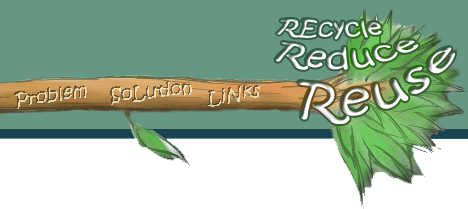
|
Site Links:
|

|
|
||||
 The
Infinite Landfill
The
Infinite Landfill
A landfill that is capable of storing infinite number of items... well, that's how we think of it. To create a landfill, land is needed. So what to do? Start digging. Landfills are huge pits dug into the ground to store all the waste consumers throw away. Once it gets filled to the top, then it is covered and disguised like it was never there. This is one of many methods how waste is stored.
It Makes Good Firewood, too
Another method to get rid of waste is to send the trash to the incinerator. Trash is brought to the incinerator where it is burned. The only advantage to this is that it doesn't fill up space. Though, it creates air pollution and is very costly(*by the way, I was kidding about it makes good firewood).
Export is good, no?
Some companies will export waste legally or illegally. The fee can be free, or costly. Countries receiving the trash will except the waste, only for a huge amount of money. Sometimes, trash is sent drifting away in the ocean. Waste from the nuclear power plants produce low-level radioactive waste and stored in steel drums. The UK and Pakistan dispose them in the ocean, the US stopped this in the 1970's. Research is being done to take waste into space.
What are they teaching us?
Is schools really reaching students about dangers of waste and the ways recycling can really help. Environmental science should be a required course to graduate from high school. Why should it not? Even though, it is taught in Biology class, it's only a small fraction of the class, only covering little parts, missing the big picture. It's time for people to educate themselves and make a discipline to take part in reducing waste.
Home
/ The Problem / The
Solution / Links
Brought to you by Project Pecan.
